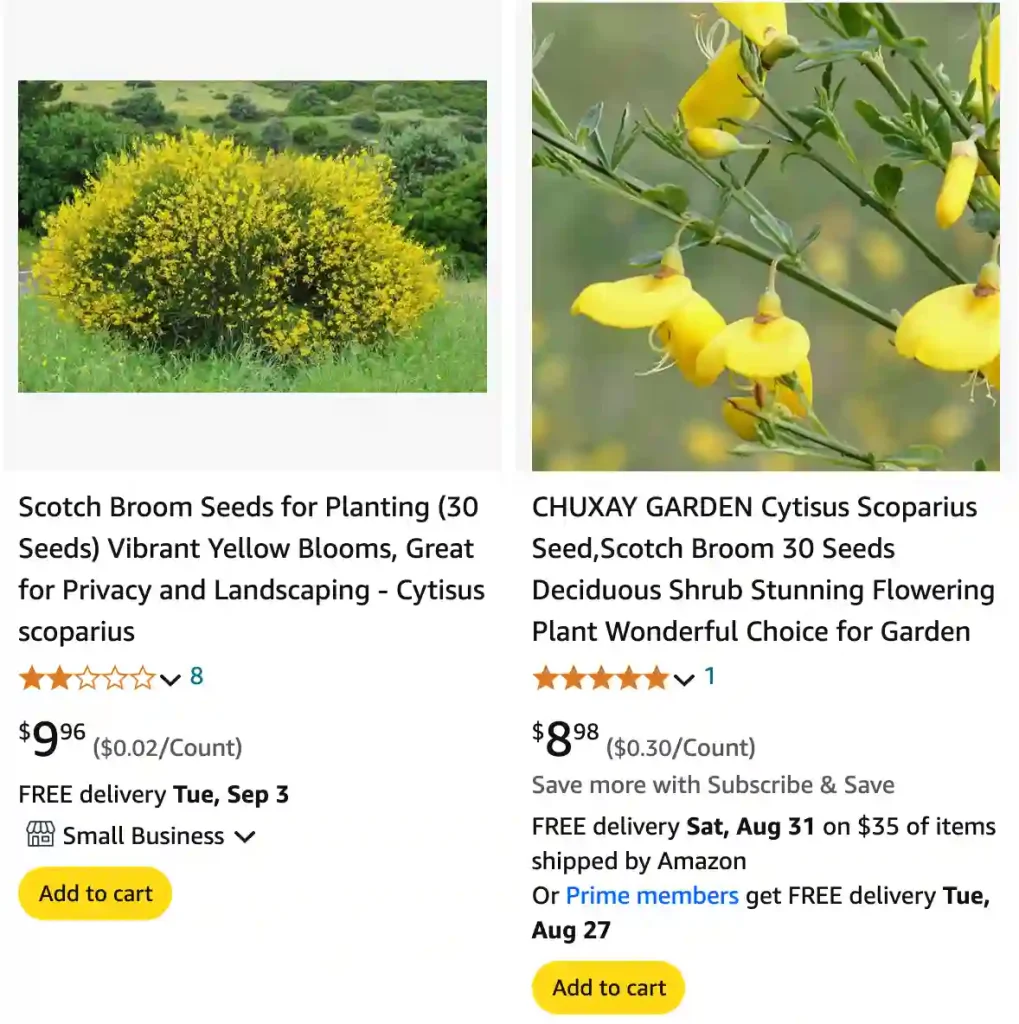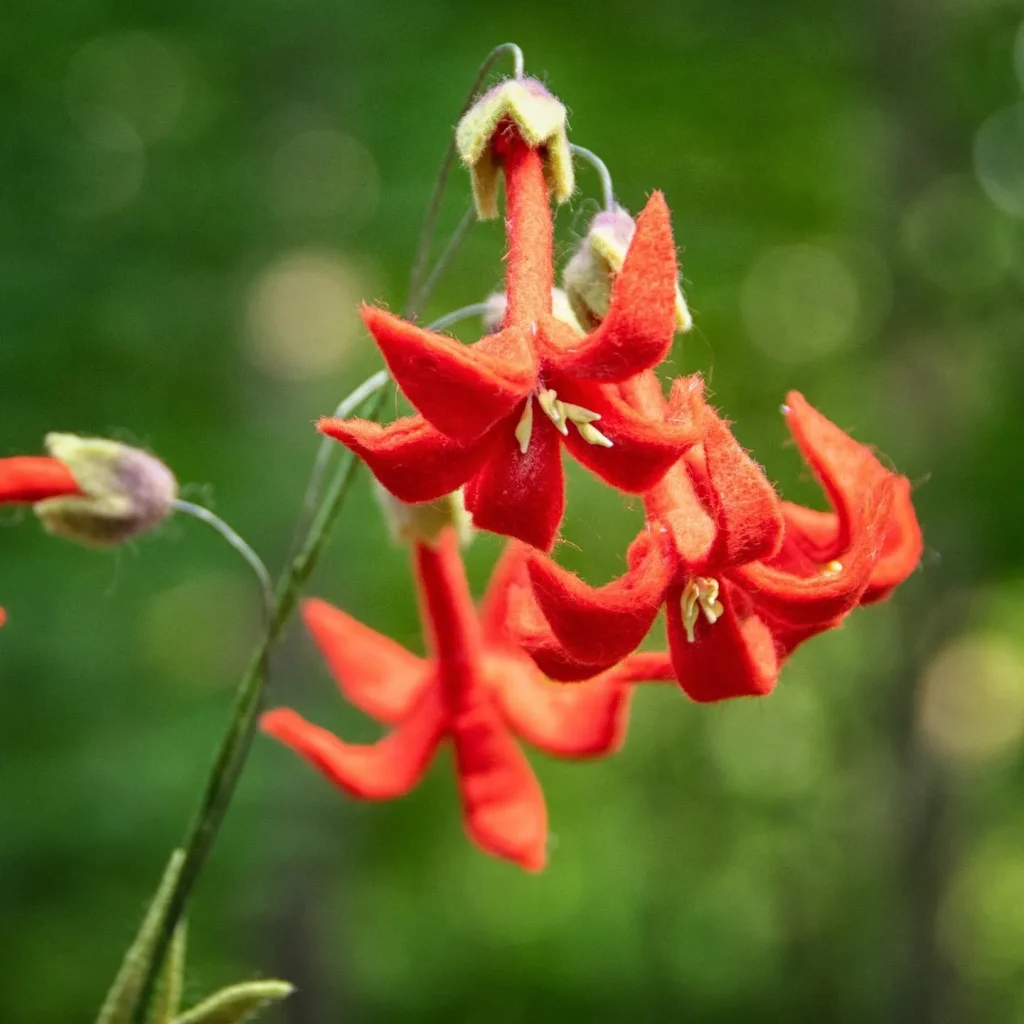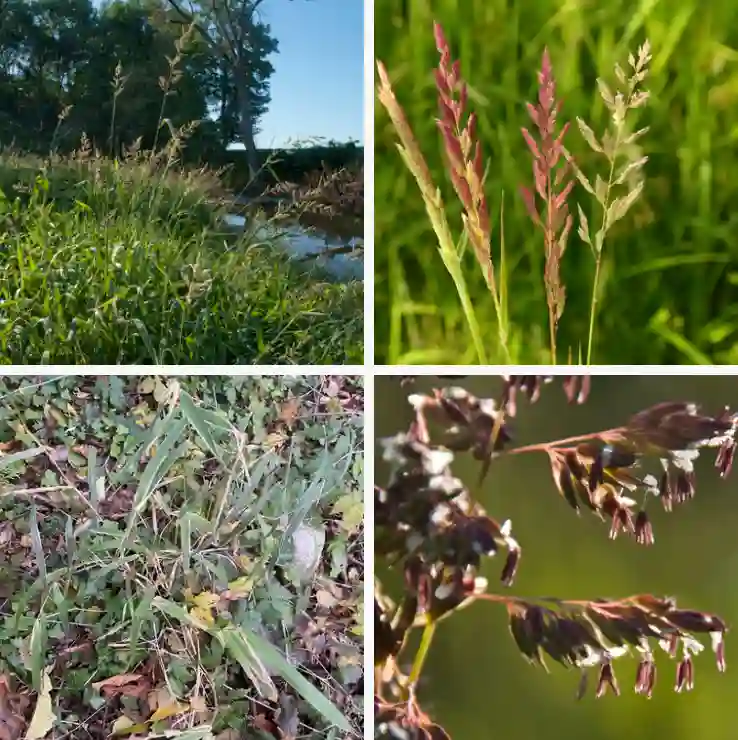
FAQs About Scotch Broom
When I first came across Scotch Broom, I was captivated by its bright yellow flowers and dense green foliage. However, as I dug deeper into learning about this plant, I discovered a whole host of questions and concerns surrounding it. If you’re like me, curious about everything you plant in your garden, you’re probably wondering about the ins and outs of this eye-catching yet controversial shrub. Here’s a comprehensive guide to the frequently asked questions about Scotch Broom.
33 Species in Genus Cytisus
What Is Scotch Broom?
Scotch Broom, scientifically known as Cytisus Scoparius, is a hardy shrub recognized for its vibrant yellow flowers and green, broom-like branches. This plant is often found in open fields, along roadsides, and in disturbed soils. Originally, it was used as an ornamental plant due to its showy appearance, but it quickly became a cause for concern due to its aggressive growth.
Where Is Scotch Broom Originally From?
Scotch Broom is native to Europe, particularly found in areas of the British Isles and Western Europe. It thrives in various conditions, which is partly why it has become such a pervasive plant in other regions.
How Did Scotch Broom Get to America?
Scotch Broom was introduced to North America in the 1800s, primarily for ornamental purposes and to help with soil stabilization along railway lines and other infrastructure projects. Unfortunately, its adaptability and rapid growth allowed it to spread far beyond its intended areas.
Is Scotch Broom Invasive?
Yes, Scotch Broom is considered highly invasive. It spreads aggressively, often outcompeting native plants and disrupting local ecosystems. In many areas, it forms dense thickets that are difficult to eradicate. This characteristic makes it a significant problem in many parts of the United States, particularly in the Pacific Northwest and California.
Why Is Scotch Broom Bad?
Scotch Broom’s invasive nature is problematic because it displaces native plant species, which can lead to reduced biodiversity. It also creates monocultures that are not beneficial for local wildlife. Moreover, its dense growth can increase fire risk, and its ability to fix nitrogen in the soil can alter soil chemistry, making it less hospitable for other plants.
Is Scotch Broom Poisonous?
Yes, Scotch Broom is toxic to both humans and animals. It contains alkaloids that can cause a range of symptoms if ingested, such as nausea, vomiting, and, in severe cases, respiratory distress. While not highly toxic to touch, it can cause skin irritation in some individuals.
Is Scotch Broom Poisonous to Dogs?
Yes, Scotch Broom is poisonous to dogs. If a dog chews on or ingests any part of the plant, it can experience symptoms such as drooling, vomiting, diarrhea, and, in severe cases, more serious neurological effects. It’s best to keep pets away from this plant.
Is Scotch Broom Poisonous to Touch?
While Scotch Broom is not known for causing severe reactions upon touch, some people may experience mild skin irritation. It’s always a good idea to wear gloves when handling this plant, especially if you have sensitive skin.
When Does Scotch Broom Bloom?
Scotch Broom typically blooms in the late spring to early summer, from May to June. During this time, the shrub is covered with bright yellow flowers, which are visually striking but contribute to its spread as each flower produces seed pods.
What Does Scotch Broom Look Like?
Scotch Broom is a medium-sized shrub that can grow up to 10 feet tall. It has long, slender green stems that resemble a broom, hence the name. Its leaves are small, and the flowers are a vibrant yellow, pea-like in appearance. After flowering, the plant produces seed pods that turn brown and can release seeds explosively.
How to Get Rid of Scotch Broom?
Eradicating Scotch Broom can be challenging due to its resilience and the sheer number of seeds it produces. Here are a few methods I’ve found effective:
- Manual Removal: Young plants can be pulled by hand, especially after rain when the soil is moist. For larger shrubs, using tools like a weed wrench is necessary.
- Chemical Control: Herbicides can be effective, but they should be used cautiously to avoid damaging surrounding vegetation.
- Cutting and Mulching: Cutting the plant close to the ground and covering it with mulch can prevent regrowth. Regular monitoring is essential to ensure the plant does not resprout.
How to Prune Scotch Broom?
Pruning Scotch Broom can help manage its growth and prevent it from becoming too leggy. I typically prune after the blooming period, cutting back the stems by about one-third. This practice encourages bushier growth and helps keep the plant under control.
Scotch Broom vs. Forsythia
Both Scotch Broom and Forsythia are known for their bright yellow flowers, but they are different in many ways. Forsythia is less aggressive and more garden-friendly, making it a better choice for ornamental use. Scotch Broom, on the other hand, can become invasive and difficult to manage.
Scotch Broom vs. French Broom
French Broom (Genista monspessulana) is another invasive species similar to Scotch Broom. It shares the characteristic yellow flowers and shrub-like appearance but tends to have a more upright growth habit. Both are invasive, but Scotch Broom is generally considered more widespread and problematic.
Scotch Broom vs. Spanish Broom
Spanish Broom (Spartium junceum) differs from Scotch Broom in that it has more fragrant flowers and a more upright growth habit. While both can be invasive, Spanish Broom is less common and usually grows in warmer climates.
Scotch Broom vs. Sweet Broom
Sweet Broom (Cytisus racemosus) is less invasive than Scotch Broom and is often cultivated for its sweet-smelling flowers. While it shares the characteristic yellow blooms, it is generally considered a safer choice for gardens due to its less aggressive nature.
Is Scotch Broom Deer Resistant?
Scotch Broom is relatively deer resistant, which means that deer tend to avoid it. This characteristic can be both a blessing and a curse, as it helps the plant survive but also means it can spread unchecked in areas where deer are present.
Conclusion
Scotch Broom is a plant that can captivate with its beauty but also presents numerous challenges. Its invasive nature, toxicity, and potential to disrupt local ecosystems make it a plant that needs careful management. Understanding its characteristics and knowing how to handle it can help you make informed decisions about whether or not to include it in your garden. Whether you’re dealing with Scotch Broom already or considering it for your landscape, awareness is key to managing this complex and often problematic plant.
If i die, water my plants!



